Review for Tsukamoto: Killing / Haze / Denchu - Kozo Limited Edition
Introduction
I hate to say it, but Third Window Films is often a victim of its own success. They are by far my favourite distributor, bringing niche, challenging, and downright quirky content to the UK, and have done for some fifteen years now. They have introduced us to so many inventive and original directors. The problem is that the introduction is usually as far as we get. They introduced us to Tetsuya Nakashima with Kamikaze Girls, also released Memories of Matsuko and Confessions, but that was as far as it went. We got three films from Satoshi Miki, Adrift in Tokyo, Instant Swamp and Turtles are Surprisingly Fast Swimmers, but I so wanted to see more. With Shuichi Okita, we got just two astounding films, The Woodsman and the Rain, and A Story of Yonosuke.
With Sion Sono, it’s different of course, a director so prolific that no one distributor can handle all his output, but it’s been 4 years since TWF last released a Sono film, and they had been releasing one every eighteen months on average to that point. The problem is with the Japanese entertainment industry, a problem common to all industries driven by the profit motive. Once a commodity gains value, the price goes up. Once these directors made their presence felt in the West, the costs of licensing their films went beyond the reach of Third Window Films. The crying shame here is that there is very little scope beyond Third Window for these directors to get access to the UK market. The studios would just rather sit and wait until someone does open their wallet, and that is unlikely to ever happen.
It is then fortunate that Shinya Tsukamoto, best known in the West for the cyberpunk Tetsuo movies, is still fiercely independent, retaining control of his film career in a way that few other Japanese directors do, although that does mean the lack of a studio budget. Ever since Third Window Films helped with the restoration for Tetsuo and Tetsuo II for HD release, he’s stuck with TWF for the UK release of his films, and we’ve gotten a significant portion of his filmography on Blu-ray through them. This April, we’re getting his most recent feature film, Killing, along with two older films on a two disc Blu-ray Collection. Killing (2018) is Tsukamoto’s first period samurai film, while The Adventure of Denchu-Kozo (1987) previously released on DVD with the Tetsuo films, is making its Blu-ray debut here alongside Haze (2005) a short film that was entered into a Korean Film Festival celebrating digital cinematography, back when digital was still a novelty.
Disc 1 contains Killing (79:34)
Disc 2 contains Haze( 48:13), and The Adventure of Denchu-Kozo (45:39)
Introduction: Killing
Mokonoshin is a ronin, a samurai without a master who has been living in a farming village, helping out, occasionally sparring with a young farming boy named Ichisuke who has dreams of a more interesting life, and flirting with his sister Yu, as he makes up his mind to move on. The ideal opportunity arises when they encounter an older samurai named Sawamura, on his way to Edo, with the idea of recruiting a group of samurai to offer their services as peacekeepers. Mokonoshin is skilled enough, and Ichisuke shows enough talent. But moving on is harder than they thought, when a band of outlaws sets up camp near the village, and starts intimidating the locals.
The Disc: Killing
Killing gets a 1.78:1 widescreen 1080p transfer, and contrary to the menu option, the audio is a full DTS-HD MA 5.1 Surround Japanese track, with optional English subtitles. It’s a digitally shot film, and I have to say that I lamented the lack of budget here, as this film would have been spectacular shot on celluloid and presented in scope. There’s a flat, somewhat sterile feel to digital that doesn’t quite do justice to the subject matter. All of that said, Killing does impress on this disc, clear and sharp, with excellent detail, and rich colours, particularly in daytime scenes. Contrast isn’t as strong in darker scenes, but it’s certainly not as lacking as it would have been with digital even ten years ago. The audio is rich and immersive, a surround track that works just as well with the ambience and the action, while the music is both contemporary and traditional at the same time. The subtitles are accurately timed and free of typos.
Extras: Killing
The disc boots to an animated menu.
You’ll find the trailer (1:43), and an interesting interview with Shinya Tsukamoto (18:25) listed under the extras.
In the audio option, you’ll see the audio commentary from Tom Mes listed, and it’s well worth listening to.
Conclusion: Killing
The thing about Shinya Tsukamoto films is that they are never easy to watch. They’re unsettling, edgy, and they always make you think, but if you’re looking for entertainment, you’re in the wrong place. Killing may be a samurai film, a totally new genre from Tsukamoto, but it is still as quintessential a Tsukamoto film as any other, and comparisons have quite rightly been drawn to the Tetsuo films, those literally concerned with the fusion of flesh and metal; here the fusion between a swordsman and his blade is figurative, but fundamental just the same.
It’s all about killing of course, just what does it take for a man to become a killer? Being a samurai alone isn’t sufficient, as we learn when we first see Mokonoshin sparring with Ichisuke. He’s effortless, skilled and self-assured, whereas the farmer is out of his depth, constantly overreaching, and repeatedly stung by the edge of a wooden sword. But Mokonoshin is a gentle man, soft-spoken, and one who chooses to mediate when there is trouble, using words instead of his sword. That would make him ideal as a peacekeeper, but this is a Japan where the samurai have been marginalised and diminished for 250 years to this point, long after the Warring States period. There’s not a lot of space for men like Mokonoshin in this world.
That seems set to change when he encounters Sawamura, an older, skilled warrior who professes an ambition to serve as a peacekeeper alongside like-minded swordsmen in the capital, Edo. But he is a man quick to draw his blade at the first sign of trouble, with little thought to the consequences. These two philosophies collide as this film unfolds; the warrior that doesn’t want to kill and the swordsman who no longer values human life.
This being a Tsukamoto film, there’s more than just philosophy motivating Mokonoshin and Sawamura, with Sawamura’s plan motivated by a nihilistic death wish, and Mokonoshin asceticism concealing a sexual aspect. As I said, it’s a Tsukamoto film; if you’re ever comfortable watching one of his films, you’re doing it wrong. But aesthetically speaking, and even given the digital format, Killing is a visual feast, and unsurprising given what inspired them, there’s a Spaghetti Western feel to the film’s denouement.
Introduction: Haze / The Adventure of Denchu Kozo
Haze
A man wakes suddenly, trapped between two walls, or is it a floor and ceiling, endless stretches of rock, deep underground. He doesn’t know how he got there, he’s not sure who he is, but he does have a bloody wound in his stomach, and there appears to be no way out. The more he tries to find a way, the worse the situation gets, until he begins to believe that someone is deliberately tormenting him.
The Adventure of Denchu Kozo
This tells the story of Hikari, the eponymous Electric Rod Boy, a schoolboy with a rod sprouting from his back. Naturally that’s makes him a target for bullies, so when his friend Momo rescues him, he’s grateful enough to give her his time machine. But something goes wrong, and in a blink of an eye, Hikari winds up 25 years in the future in a dark post-apocalyptic world. The Shinsengumi Vampires arrived on Earth, and turned the sky dark to make it easy for them to feast. Their plans to create eternal darkness are about to come to fruition, and it falls to Hikari to bring light back to this tormented world.
The Disc: Haze / The Adventure of Denchu Kozo
Both films get DTS-HD MA 2.0 Stereo Japanese with English subtitles. The audio for both is fine, with the ADR nature of Denchu-Kozo quite apparent with the lip sync. Haze’s audio is really quite impressive though, an unsettling and very effective sound design given its setting. Haze gets a 1.78:1 widescreen 1080i transfer that reflects its digital origins (This 2005 film was the point where Tsukamoto switched from celluloid to digital), and it’s really quite well done for a comparatively early digital format feature. Sure the image is comparatively soft, but that’s not so much of an issue underground. Denchu-Kozo gets a 4:3 pillarboxed 1080p transfer which has thin black borders top and bottom as well, reflecting the 8mm origin. When I first saw the film on DVD with Tetsuo 1 and 2, I didn’t think it would benefit from HD, but it actually does. It’s still hazy, lacking in detail with washed out colours, but there is a clarity to the film, a more natural, organic, filmic feel that looks much better. I certainly didn’t notice the loose ADR when I watched the film with DVD’s lack of clarity.
Extras: Haze / The Adventure of Denchu Kozo
The disc boots to a static menu. Both films offer audio commentaries from Tom Mes, although I did feel that the volume was a little low to begin with in Haze. They are well worth listening to, and a useful addition to the collection.
It is a shame though that Third Window didn’t carry the Introduction to Denchu-Kozo no Boken over from the Tetsuo extras disc, as it’s a useful feature with the director putting the film in context. Of course if you’re buying this collection, chances are that you have the Tetsuo films from Third Window already.
Conclusion: Haze / The Adventure of Denchu Kozo
Haze
I know that most people will come to this collection with Killing in mind as the main attraction, but I have to admit that it’s Haze that really caught my attention. What started off as a half hour entry into a Korean digital film festival has in the intervening years been re-cut for the longer running time, and is probably the most effective horror movie I have seen in years. Five years before Ryan Reynolds woke up in a coffin in Buried, Tsukamoto wakes up in an underground vision of hell, and if you’re claustrophobic, you might want to look away for 48 minutes and 13 seconds.
There’s a scene early on, where the main character is trapped between two walls, so little room front and back that he has to wrap his teeth around a horizontal pipe just to fit. Below his heels are spikes keeping him on tiptoes, the pipe above that he’s grasping onto to maintain his balance is wrapped in barbed wire. He has to edge his way sideways to free his mouth from that pipe, his teeth scraping along the pipe all the way, with no idea if he’s edging in the right direction. I haven’t been more terrified by a scene in a movie in a long, long time, and it actually got worse from there.
The thing is that there is no context, other than the protagonist’s point of view, and given that he has no memory of how he got trapped in this purgatory, we’ve no idea of the reality that’s facing him. Neither does he, of course, although we do hear his inner thoughts, as he wonders if he’s being tortured, whether a war has started and he’s been captured by the enemy, or worse. The editing is such that it plays on the unreality of the situation. One minute he’s falling backwards through space, the next he’s trapped between floor and ceiling, then he’s trapped between two walls. He has to contort himself to get from one space into another, and none of it seems to make any topographical sense. Is this for real, is this happening in his mind.
Even when the film resolves, and there is a definitive resolution, you’re left trying to interpret what just happened. It’s a brilliant, unsettling, and nerve-jangling, wholly visceral experience that bypasses the intellect and goes straight for the instinctive portion of the brain, in the way that the best cinema does.
The Adventure of Denchu Kozo
There’s a lot to appreciate about Denchu Kozo no Boken, an imaginative and engaging film, which shares much in its style and themes with Tetsuo, if a little rougher and homemade. There’s also a familiarity in its cast. I have to admit however, that while I appreciated the novelty value of the film the first time I saw it, a second viewing didn’t do it any favours. It feels very much like a curiosity, a nice bonus for the sake of completion, but its histrionics, the sense that it felt more like an experimental student film than something more meaningful weighed it down in my estimation.
In Summary
Shinya Tsukamoto’s films are an oddity for me. ‘Like’ isn’t the word that I would use with his catalogue, ‘appreciate’ would be more appropriate, but my life would be infinitely diminished if I didn’t have his films in my collection. Few other filmmakers are as evocative and as successful in using image and sound to provoke instinctive reactions in audiences. Killing is another film from an established filmmaker that pushes the boundaries and draws you in with its narrative. But the revelation for me was Haze, an earlier film that eschews established dramatic convention to terrify in a way that not many mainstream horror movies can. Denchu-Kozo is nice to have in HD after its initial SD release with the Tetsuo films, but it’s more of a side-note in Tsukamoto’s filmography. Either way, this is another must-own release from Third Window Films.
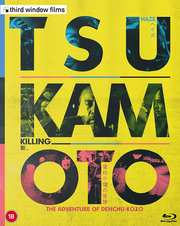

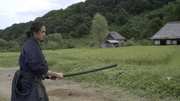

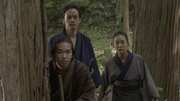
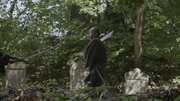
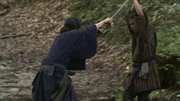
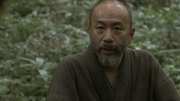
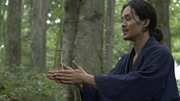

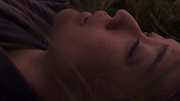
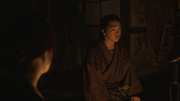
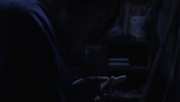
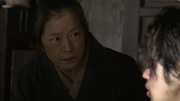
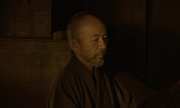
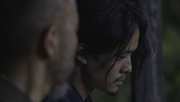
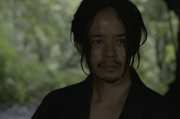
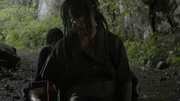
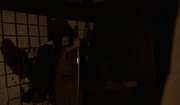
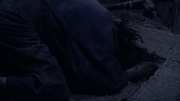
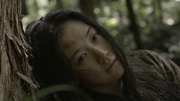
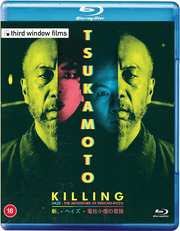

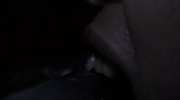
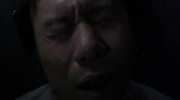
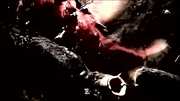
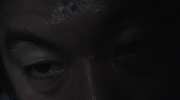

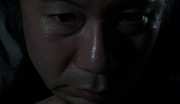

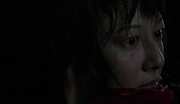
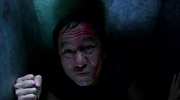
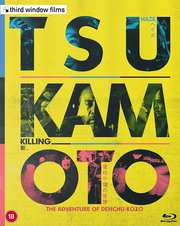
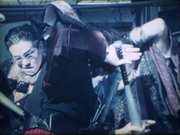
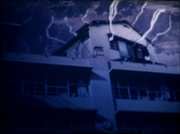
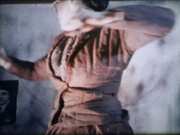
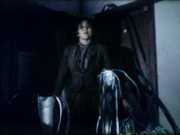
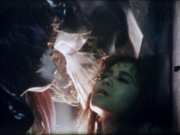
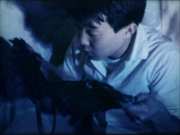
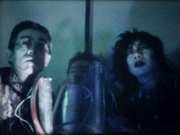
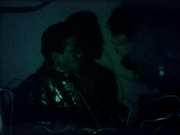
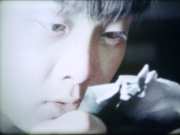
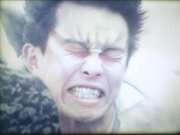










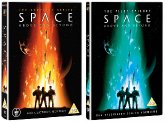






















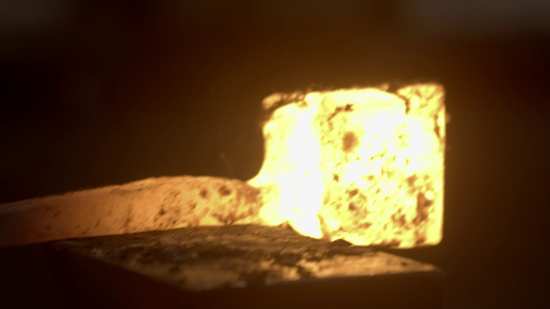












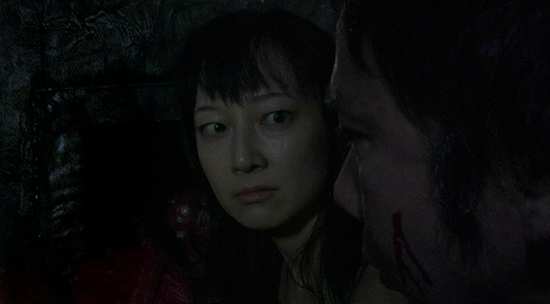




Your Opinions and Comments
Be the first to post a comment!